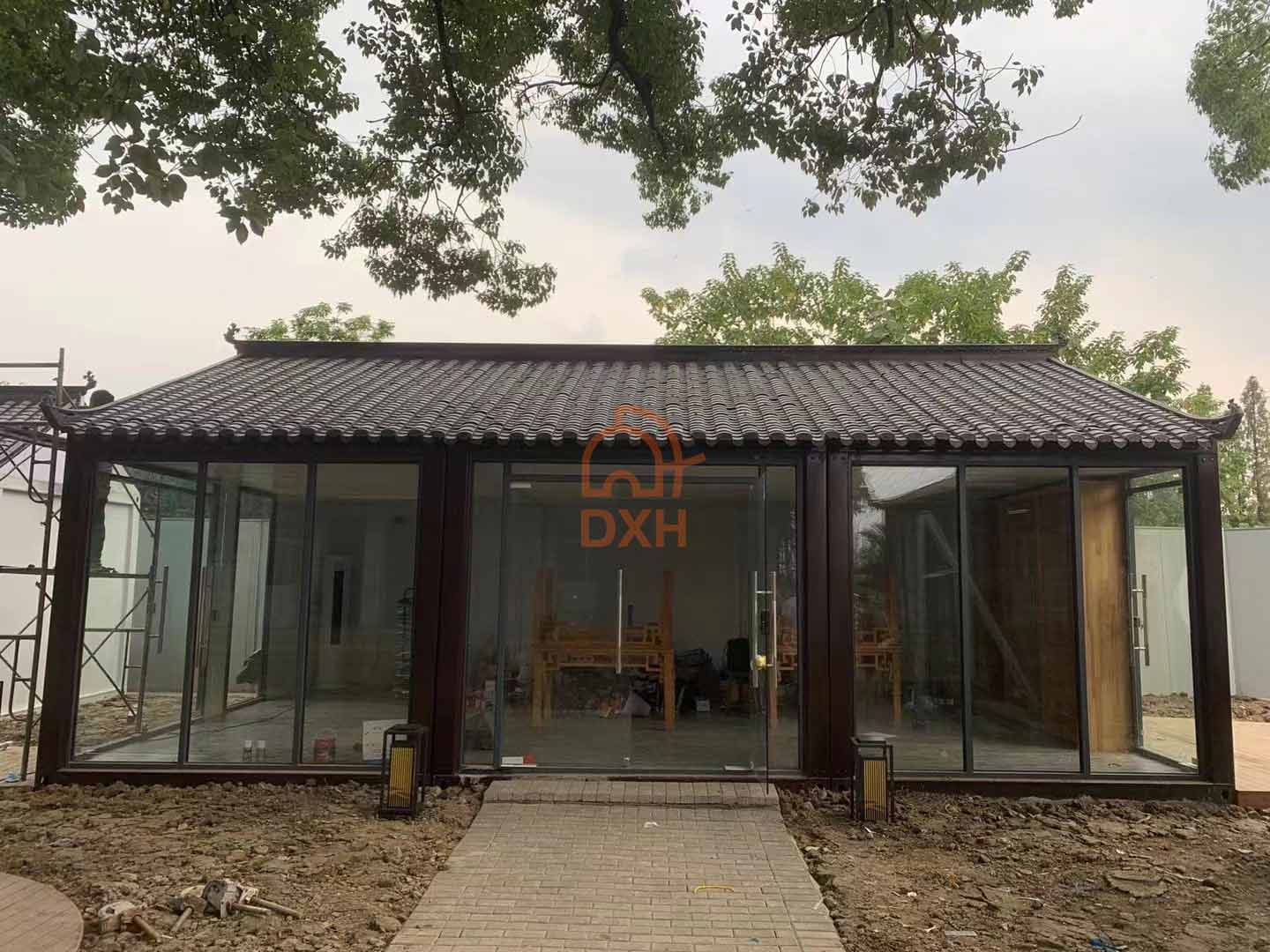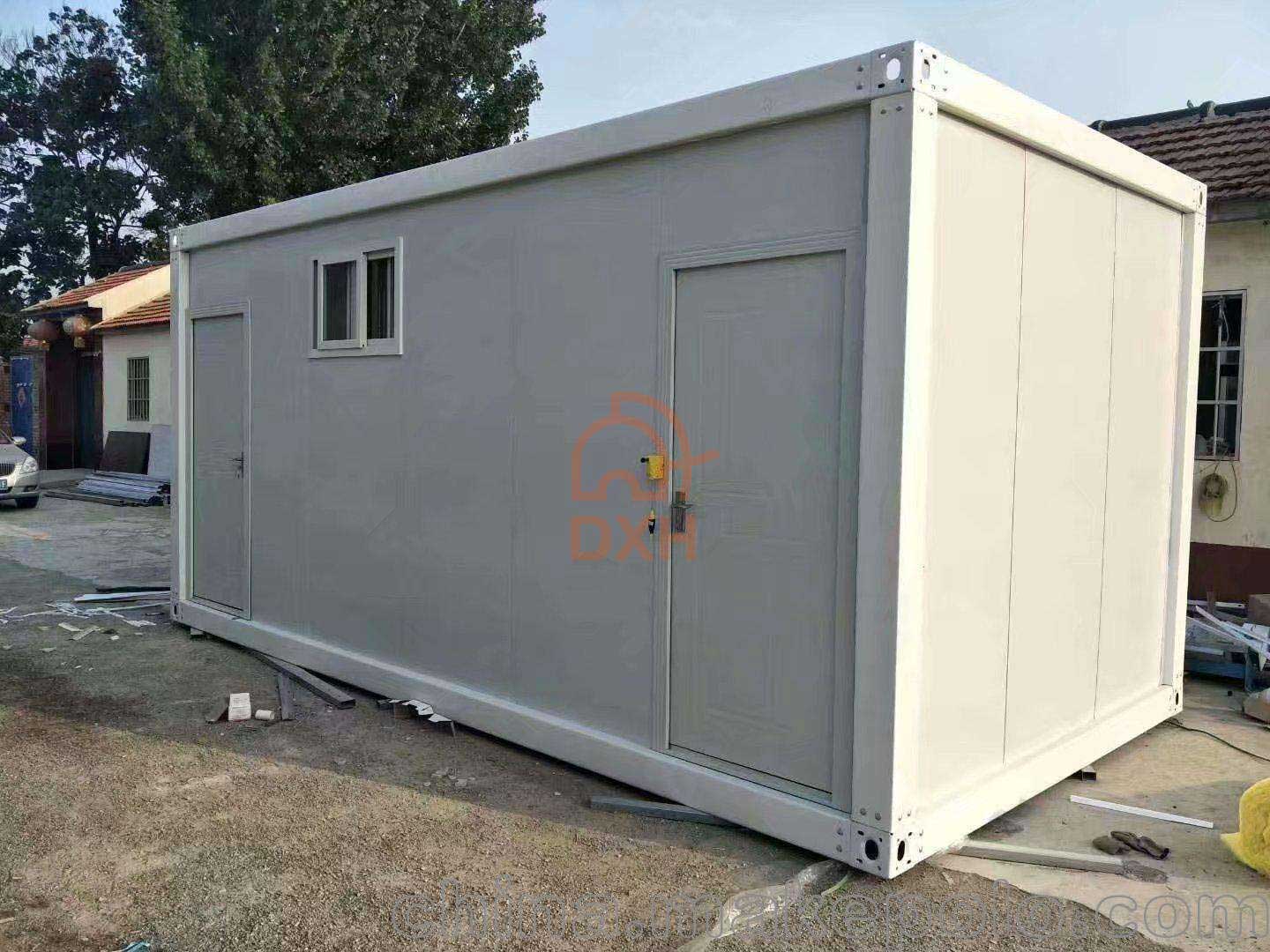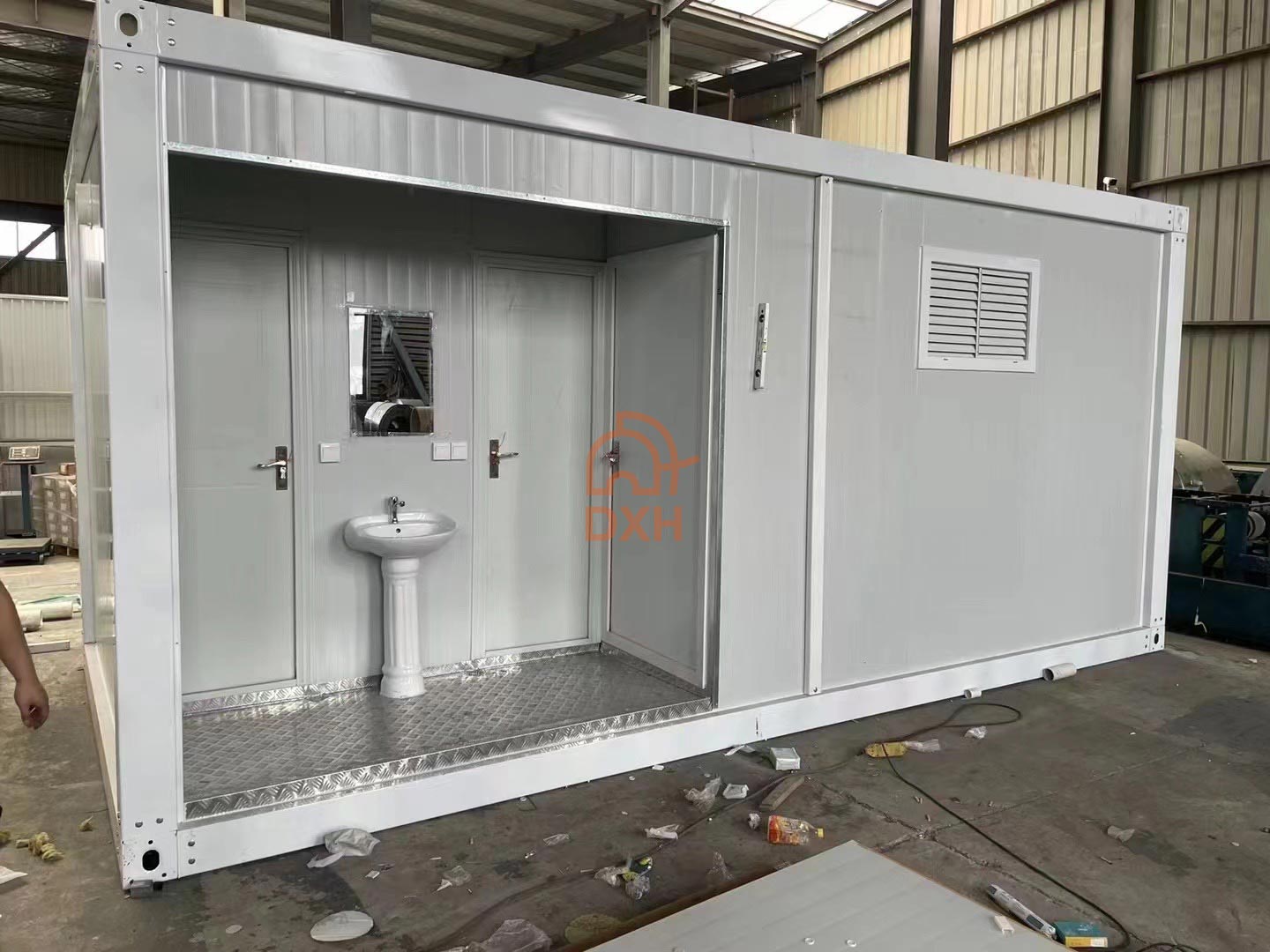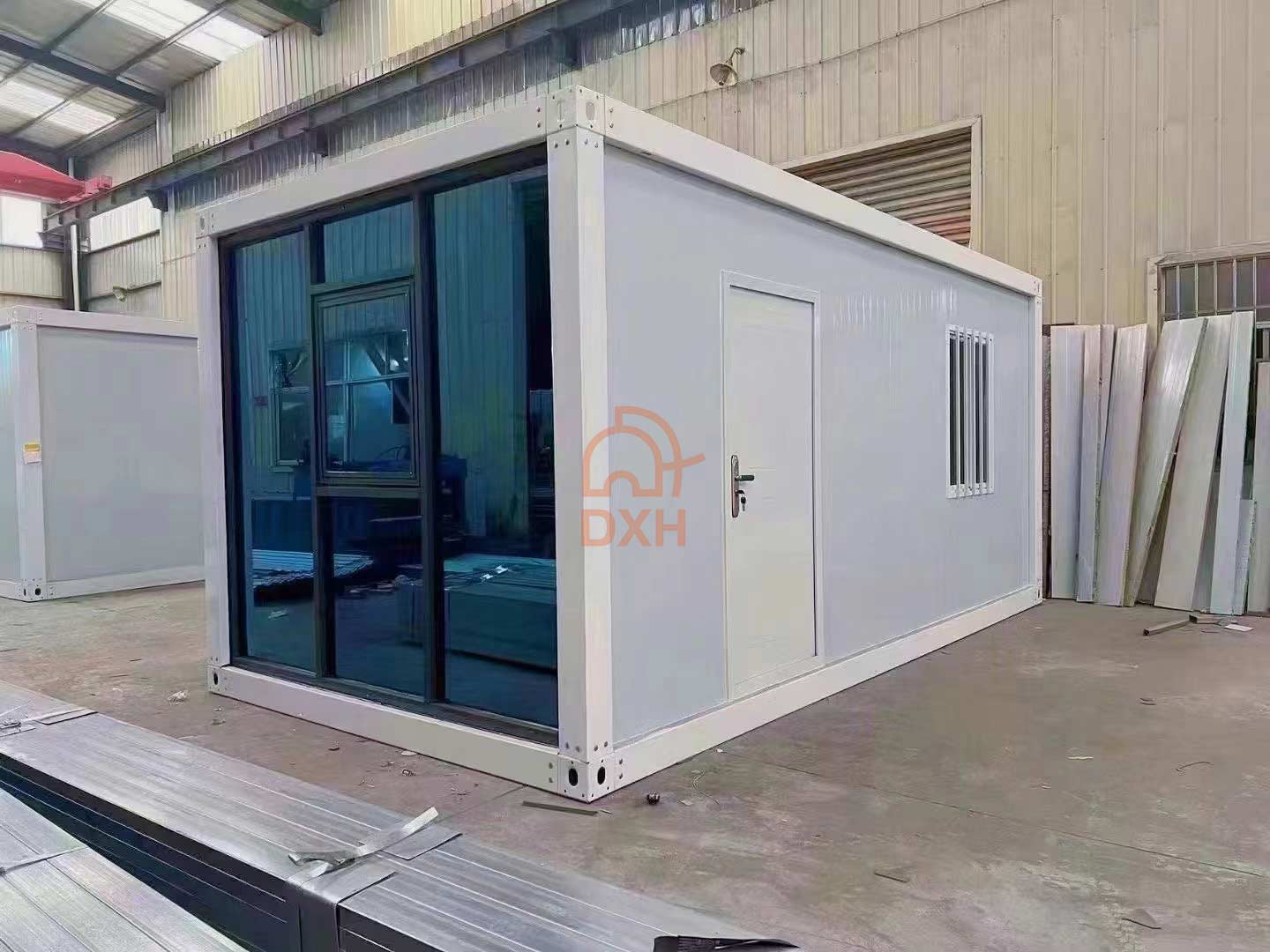Flat-pack container houses, also known as prefabricated container homes, are a new and innovative approach to sustainable and affordable housing solutions. These homes are constructed using repurposed shipping containers that are transformed into comfortable and modern living spaces.
The concept of flat-pack container houses is gaining popularity due to the increasing demand for affordable housing and the need for sustainable building practices. Flat-pack container houses offer several advantages over traditional housing options.
Firstly, flat-pack container houses are extremely affordable. The cost of purchasing and transforming a container into a home is significantly lower than the cost of building a traditional home. This is mainly due to the use of prefabricated components, which reduces the cost of construction.
Secondly, flat-pack container houses are highly sustainable. The repurposed containers used in the construction process are made from durable materials such as steel and wood, and can last for several decades. By using prefabricated components, the need for on-site construction is reduced, which reduces the environmental impact of the construction industry.
Thirdly, topinduscabin flat-pack container houses can be easily transported and installed. The shipping containers are designed to be stackable, which allows for easy transportation and storage. Once the home is constructed, it can be quickly and easily installed on the desired property. This flexibility allows flat-pack container houses to be used as temporary housing solutions, such as disaster relief shelters or vacation rentals, in addition to permanent residences.
Despite their advantages, flat-pack container houses are not without challenges. One of the main challenges is the difficulty in insulating the containers and making them energy-efficient. Additionally, the use of steel and wood in the construction process can lead to corrosion and rot over time if not properly maintained. To address these challenges, prefabricated container homes are being designed to be more energy-efficient, with better insulation and heating and cooling systems. Additionally, maintenance guidelines are being developed to ensure the longevity of these homes.
In conclusion, flat-pack container houses offer an innovative and sustainable solution to the affordable housing crisis. By using repurposed shipping containers as building blocks, prefabricated container homes provide a cost-effective and environmentally friendly alternative to traditional housing options. As we continue to grapple with the challenges of providing affordable and sustainable housing solutions, it’s likely that we will see more of these flat-pack container houses popping up around the world.



